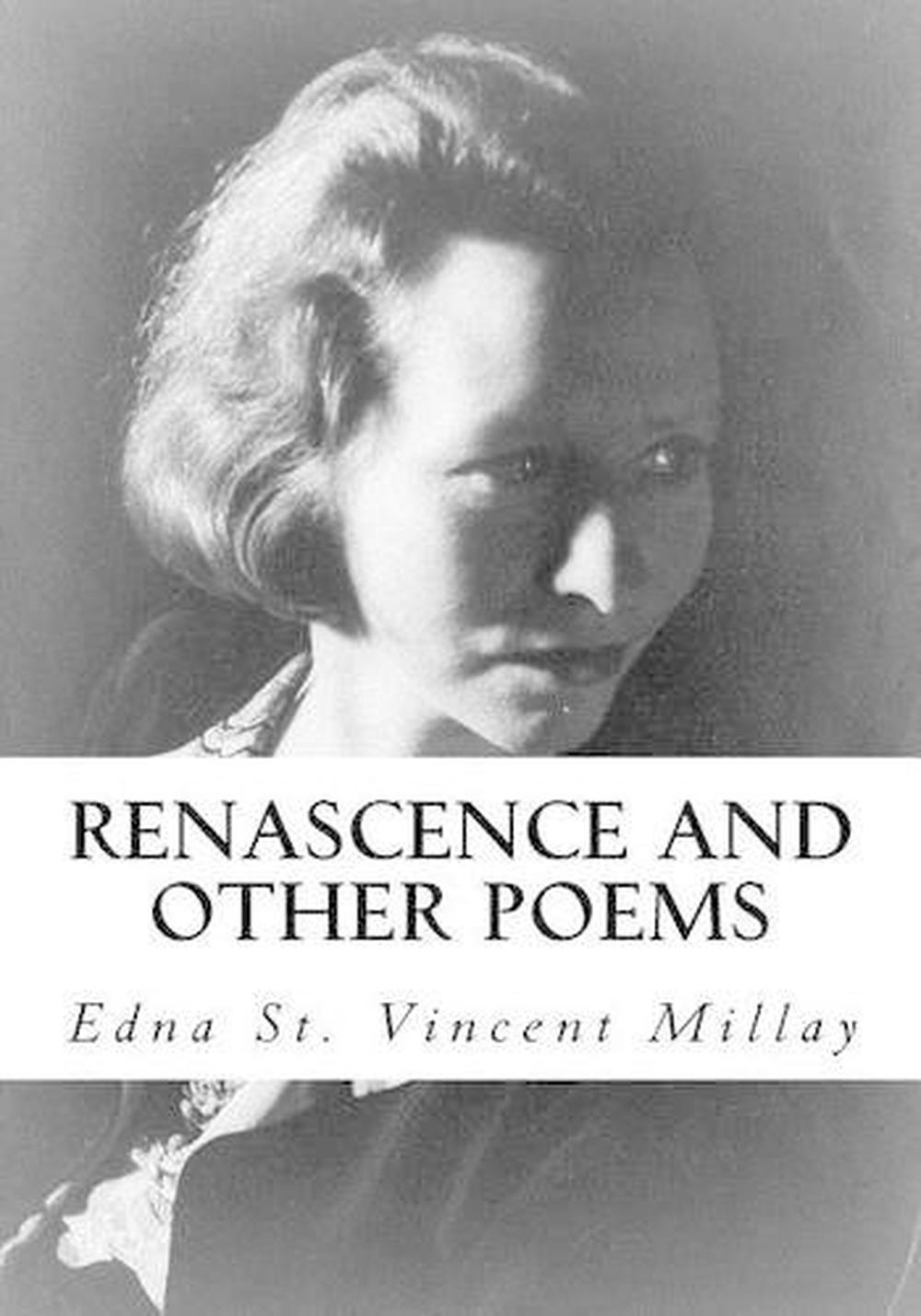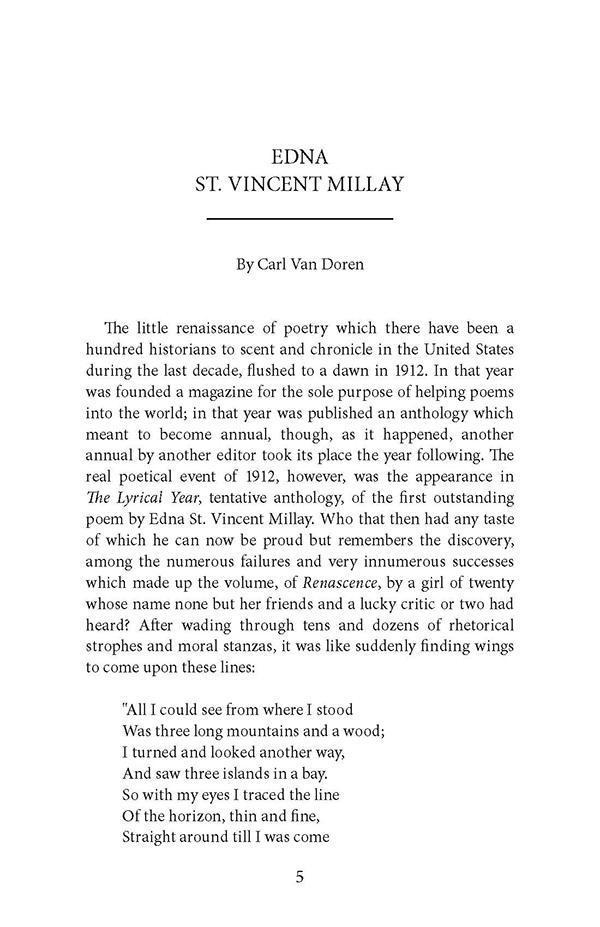

Her poems shimmer most when they reflect on the yearning to rebel against the constrained space granted to women’s voices in literature and life. In No Rose That in a Garden Ever Grew, she ponders cynically on the temporal nature of infatuation that drives the stories of women such as Lilith, Lucrece and Helen: “And thus as well my love must lose some part / Of what it is, had Helen been less fair, / Or perished young, or stayed at home in Greece.” “If I should learn, in some quite casual way, / That you were gone, not to return again -,” she muses in Sonnet V, she would not cry in a public place, like a train no, she’d “raise my eyes and read with greater care / Where to store furs and how to treat the hair.” This is classic Millay – how else can one grapple with the end of a love affair than to instinctively busy oneself with the mundane? But Millay never approached love and its vicissitudes with passive melancholy. Renascence and other poems (1917), which includes the 200-plus line poem that brought her acclaim, also boasts six sonnets, all of which are outstanding in this respect. Her verses serve as a kind of elaborate architecture, housing the fickle, frenetic movements of the heart that falls in love and then out of it. But Millay expanded the scope of these poetic forms, presenting a bold, sexually charged vision of the female experience. Where should one begin with Millay? She had a famed predilection for Petrarchan sonnets and rhyming couplets, at odds with prominent experimental modernists of the era, such as TS Eliot and Wallace Stevens.

In a review of a 2001 Millay anthology, the Atlantic proclaimed that “the first rule of modern literary biography is that the life renders the work incidental” – but what happens when the life begins to obscure the richness of the work? Focusing on Millay’s relationships with both men and women has been de rigueur for the last half century – so it is high time that her words were allowed the limelight again. But then Millay also won the Pulitzer for poetry in 1923 the following year, literary critic Harriet Monroe called Millay was “the greatest woman poet since Sappho”. For far too long, Millay’s work has been overshadowed by her reputation.

“The book functions like a pop star’s sweaty T-shirt,” she wrote, “a garment that without the aura of the star is completely meaningless.”įerrante’s sentiment could easily be applied to Edna St Vincent Millay, another incandescent literary talent who lived decades before (born on 22 February, 1892). When pseudonymous Elena Ferrante’s identity was reportedly revealed in 2016, she reflected on the dangers of an author’s life dominating their work.


 0 kommentar(er)
0 kommentar(er)
